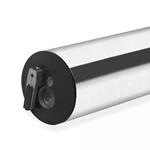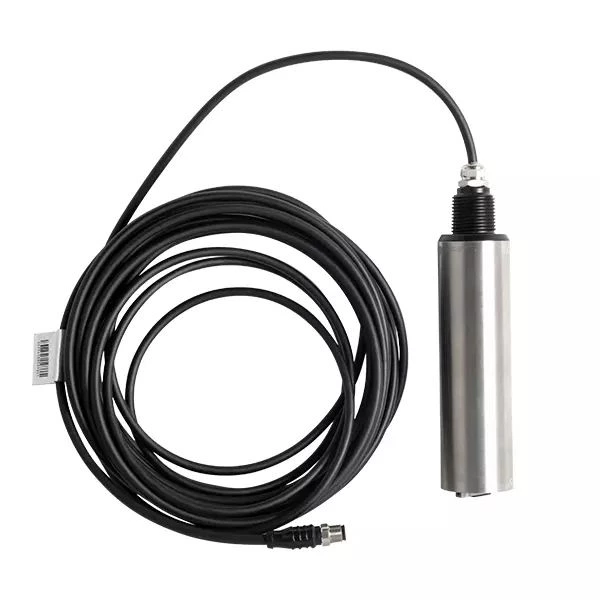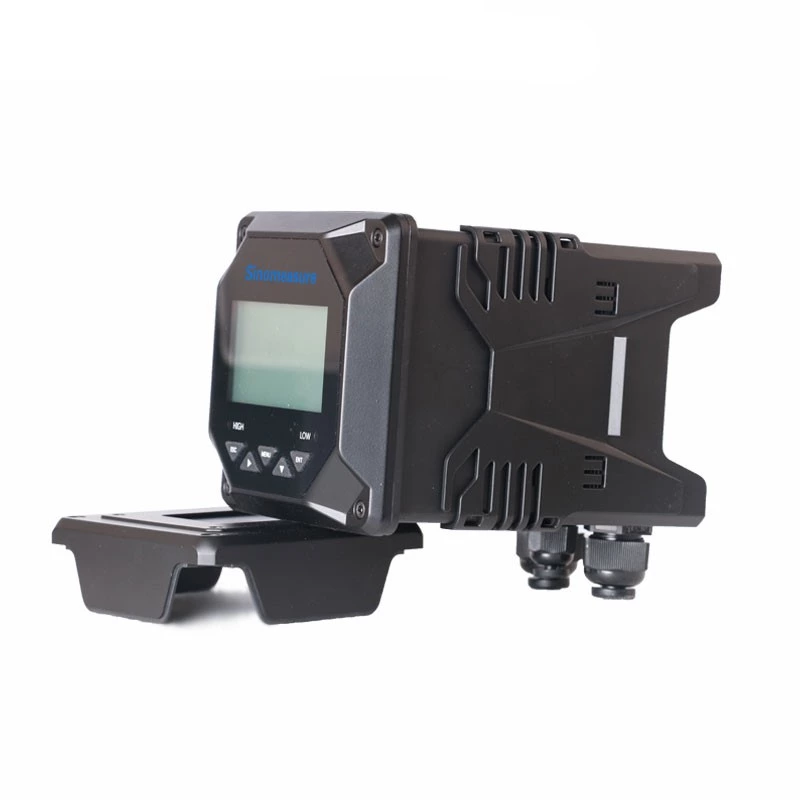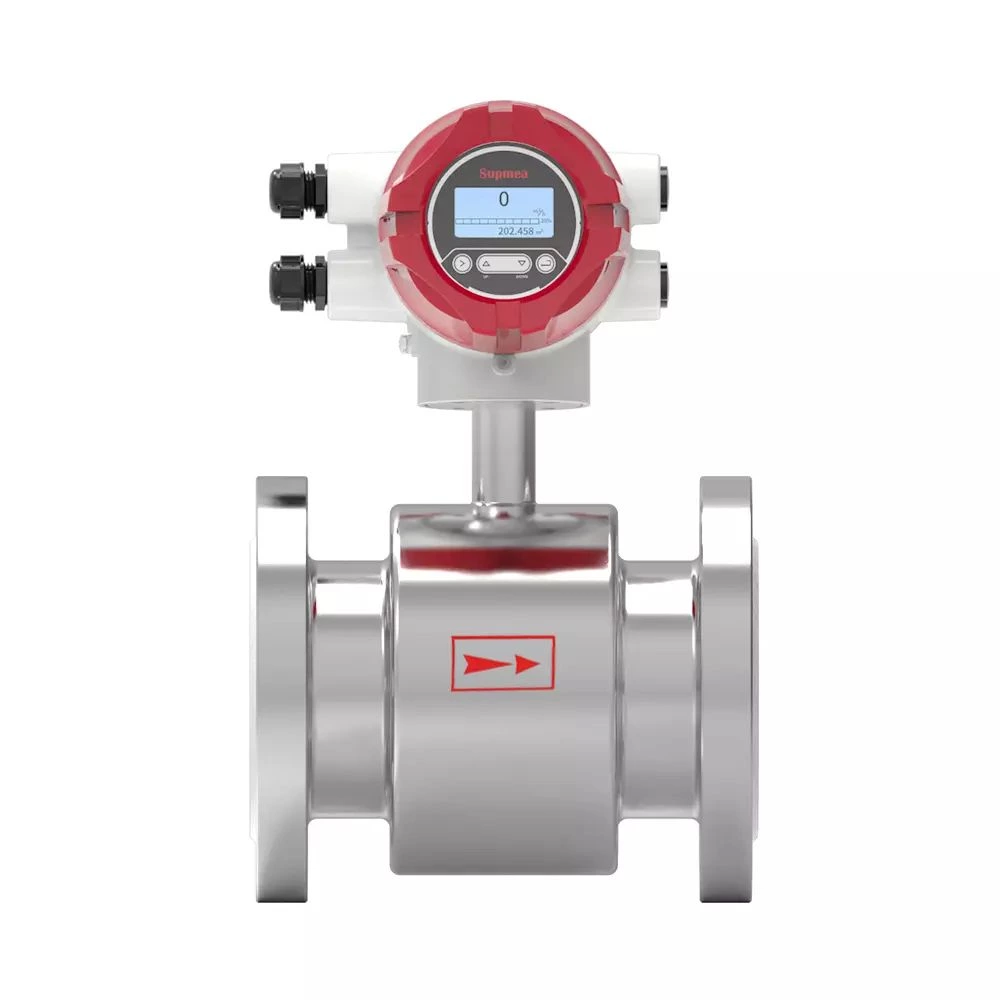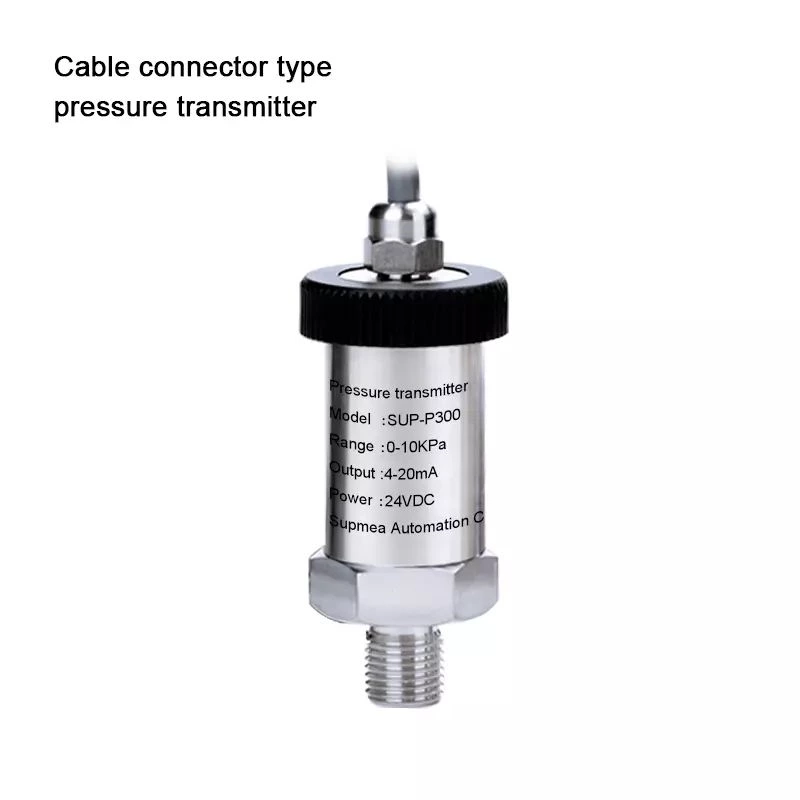-
Introduction
A turbidity sensor is a device used to measure the level of cloudiness or turbidity in a liquid. This can be a valuable tool in many industries, including water treatment, manufacturing, and environmental monitoring. The sensor works by shining a light through the liquid and measuring the amount of light that is scattered or absorbed by any particles in the solution.
The more particles present, the higher the turbidity level. The sensor can be calibrated to measure turbidity levels over a wide range, and can be integrated into automated monitoring systems for real-time data collection. With accurate and reliable turbidity sensors, industries can ensure the quality of their products and maintain regulatory compliance.
-
Specification
| Product | Turbidity sensor |
| Measure range | 0.01-100 NTU , 0.01-4000 NTU |
| Indication resolution | Less than ± 2% of the measured value, |
| or ± 0.1 NTU Maximax criterion | |
| Pressure range | ≤0.4MPa |
| Flow velocity | ≤2.5m/s, 8.2ft/s |
| Environment temp | 0~45℃ |
| Calibration | Sample Calibration, Slope Calibration |
| Cable length | Standard 10-Meter Cable, Max Length: 100 Meters |
| High voltage baffle | Aviation Connector, Cable Connector |
| Main materials | Main Body:SUS316L (Ordinary Version), |
| Titanium Alloy (Seawater Version) | |
| Upper and Lower Cover: PVC; Cable: PVC | |
| Ingress protection | IP68 |
| Weight | 1.65 KG |


